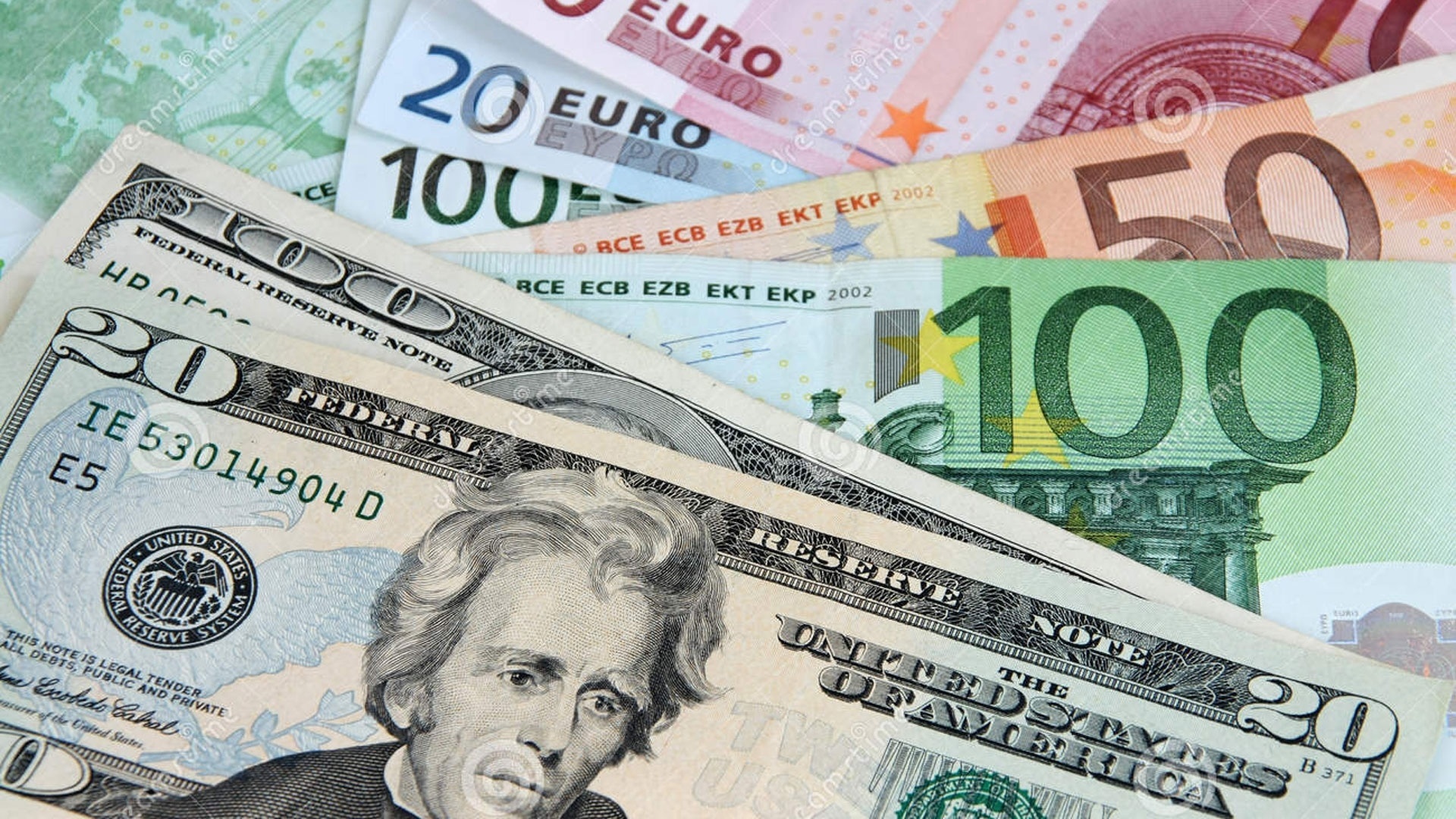Is 2020 the year of change for EUR/USD?
That’s not an expression of hope, but of need. 2020 should be the year of change. Or at least, the year when things begin to change. The recent trade deals hint some relief in the trade war front, hence in growth’s concerns. Whether the economies will be able to grow or not without the trade conflict in the way, is a different story. But optimism is supposed to reign.

The latest released data suggest that, at least in the US, recession concerns have eased. The EU, on the other hand, is yet to be seen. Both central banks have tackled such preoccupations and acted in consequence, although the EU still has pending to “better coordinate fiscal policies so low-debt countries spend more to boost the region’s economy while high-debt countries shore up their finances,” European Commissioner for Economic Affairs Paolo Gentiloni said. Coordinating fiscal policies is at the top of ECB’s wish list and it has been for years. Maybe Mrs. Lagarde can kick start the process.
Economic developments and central banks’ decisions will motorize action throughout the first half of the year. Signs of growth, should the trade deal continues progressing, will take a few months to kick in. But for sure, the market will continue depending on it.
In November 2020, the US will go to the polls. That grants a shaky year-end in the financial world. Will Trump be able to retain its chair? If not, what will happen with US foreign policy? For sure, the US election will be THE event of 2020, as those would set the dollar’s direction for the next couple of years.
The EUR/USD pair is ending a second consecutive year with losses. Having started it with 1.1460, it’s ending it sub-1.1100, with the year low at 1.0978. The bearish trend remains firmly in place, according to the monthly chart, with no signs of downward exhaustion just yet.
In the mentioned time frame, the pair is developing below all of its moving averages, with the 20 SMA been the strongest and around 1.1320. The 23.6% retracement of the 2018/2019 slump comes at 1.1265, while the 38.2% retracement is at 1.1510. The latter is critical, as the EUR/USD pair will enter bullish territory once it breaches above this level. EUR/USD hasn’t been around this level since January 2019. Technical indicators, in the meantime, remain within negative territory, aiming to recover, but lacking enough strength to confirm so.
On a weekly basis, EUR/USD is neutral, having been unable to find a certain direction since mid-October. The pair is hovering around a mild-bearish 20 SMA ever since then, while the longer moving averages remain far above the current level, with the 100 SMA converging with the mentioned 38.2% retracement. Technical indicators are stuck to their midlines.
The latter chart suggests that bearish pressure has eased, but that bulls are nowhere to be found just yet. The 1.1000 psychological figure is the immediate support level and a line in the sand as, below there, bears could become bolder and try to retest the 2019 low. The next bearish target once below 1.0880 is 1.0720, en route to 2017 low at 1.0340.
